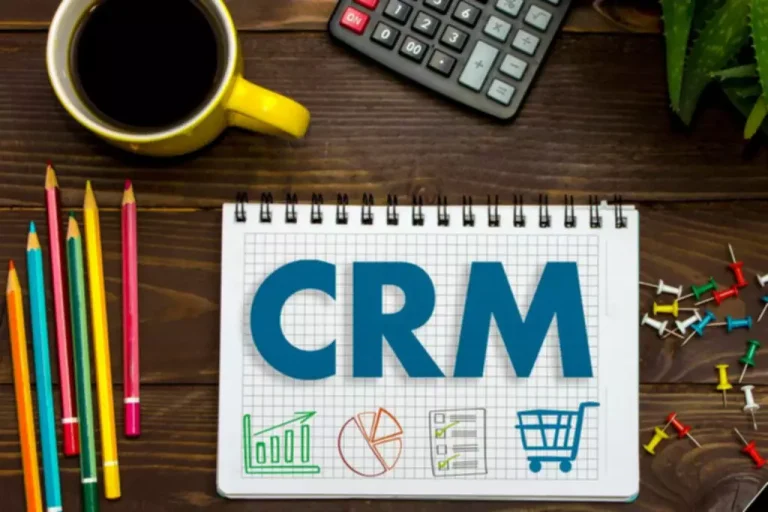Pricing products and services is a core method for building and maintaining customer relationships and a significant indicator of effective consumer relations. “Relative price is the primary leg of the [value proposition] triangle,” says Magretta. Analyze sales data from your target customers, and align pricing with the unique customer needs you identify. Track data on your target customer segmentation, and evaluate the customer’s response to price. Unlocking the hidden potential behind pricing will empower your CRM value proposition and offer a real-time improvement to your overall CRM strategy. A customer relationship management strategy is a focused plan (or set of actions) you create to effectively manage your customer relationships.
Remember that CRM strategy, planning, and implementation rely on the relationship. Creating a CRM value proposition is the first test in building a strong CRM strategy. Porter bases his strategy ideas on the premise that value is created by making choices the competition does not. Looking outward – toward the customers, their needs, and the price that benefits both parties – requires executing CRM tactics that tailor CRM business processes to create a competitive advantage. CX stands for customer experience, which is a key part of the relationships you form with customers. The customer experience includes the interactions customers have with your team and their experience using your product or service.
- You’ll see a variety of benefits in your business once you incorporate a CRM.
- The success of your CRM strategy relies on continuous evaluation and adjustment.
- And yes, even that contact form tucked away in the corner of your site counts.
- An AI-powered CRM tells you who your most interested prospects are, which deals to focus on, the performance of your marketing campaigns, and more.
- Automate the follow-up process to ensure every customer issue gets resolved and logged.
- Once you do this, then you can better prioritize your CRM roadmap of what capabilities you need to affect customer behavior.
Finally, it details insights into the past, current, and future developments that have marked and continue to influence strategic CRM. When your company’s end-to-end customer experience inspires positive feelings in your prospects and loyal customers alike, the results can be game-changing. CRM software gives you a clear vision of each lead, the ability to manage communications across channels and a hub for customer data that all departments can access. Plus, with all that high-quality data about each lead, you can deliver personalized, slick customer service and support.
This article presents customer relationship management steps and specific CRM strategies and tactics that we’ve adopted from the work of a master business strategist. Learn the essential CRM planning and implementation ideas to help guide you through emerging customer-centered sales and marketing trends. You’ll also find a CRM building blocks infographic as well as planning https://www.xcritical.in/ resources, including a CRM implementation glossary of common terms. A CRM strategy is a cross-departmental plan of action to help a business grow revenue, increase profits and improve internal processes. This is achieved by taking a data-driven approach to learning about your clientele in-depth and using that information to strengthen customer relationships.
They have no deadlines, metrics, or action plans attached, making them impossible to reach. When people participate in setting their own specific and challenging goals, they’re more likely what is crm strategy to reach (or exceed!) those goals. Customer experience metrics (aka CX metrics) are KPIs used to measure how happy your customers are with your business throughout the customer lifecycle.
A great CRM strategy increases revenue per customer, reduces customer acquisition costs, and improves customer satisfaction. Train your team to maximize your CRM tool’s capabilities and deliver exceptional customer experiences. Alongside general training, invest in specialized programs tailored to specific roles.
Developing a CRM strategy enables you to speed things up since your teams will be able to finish their tasks faster. You will be able to focus on establishing meaningful connections with your customers and benefit from increased productivity. You can’t make a sound choice without accurate data and valuable insights from those who will be directly affected by your decision — your customers. CRM software and CRM strategy always go hand in hand and are interdependent and bilateral. Even the most sophisticated and cutting-edge CRM system does not attract and retain customers by itself. However, a well-honed team can lead your business to its next-level success if backed by suitable software and a farsighted approach.
Without having a centralised system, which is a CRM, it’s challenging to aggregate the data, spot the dependencies, and make right conclusions for your next sales cycle performance. And delivering personalized experiences is much easier when you have access to detailed customer and lead data at your fingertips. Leveraging CRM data quickly will save your employees time and empower them to perform their best. In fact, research suggests that data-driven companies are far more productive and efficient than non-data-driven companies. Below are 7 CRM strategies to get the most out of your CRM tool and ensure CRM implementation is a success.
You can use the samples in the next section to get you started, but these should be hyper-personalized to your organization. Once you’ve defined your goals, take the time to determine whether or not you can realistically meet those goals with the resources you currently have. Do you have enough team members to make your strategy and goals a reality? The relationship with your customers doesn’t end after a purchase is made. In order to encourage upsells, cross-sells, repeat business and social proof, your business should be actively nurturing customer relationships through a tailored CRM strategy. You can use Zapier’s pre-built simple CRM template to optimize your sales process with an elegant and personalized CRM tool that fits your business needs.
One expert estimates that the CRM failure rate may even be close to 90%. You can also assign different roles, such as data input or analytics, to specific staff members to ensure work isn’t duplicated. That’s why it’s so important to decide early on what your tone and communication style will be. Determine this at the beginning and make sure that every employee understands the expectation. As you grow and take on more prospects and customers, a CRM can be your lifeline.
When you only email engaged contacts, you can improve your deliverability—and your campaigns will sell more. But getting everyone on the same page isn’t enough—people need to be committed to their shared goals. In Robert Cialdini’s iconic book Influence, he names “commitment and consistency” as 1 of the 6 most effective ways to influence people.
This mentality also pervades the thinking of management responsible for strategic CRM business processes and technology planning. In the case of customer service and CRM strategy, doing more for all customers at the cost of doing more for your business may carry a substantial penalty. As Porter points out in his work, your strategies should link directly to profit and loss considerations. A sound CRM strategy accounts for this principle and serves as a linchpin for customer service activities. Using complaints to improve products and services, build a positive brand image, or grow the desired customer segment is a competitive advantage. Design your CRM strategy for customer service activities that pertain to your value proposition.
Support is available for all users, but the Premier Support plan guarantees success. In addition to long-term adoption programs, you benefit from the guidance of a customer success manager, technical account manager and business reviews. The purpose of a SWOT analysis is to provide a structured framework for assessing the current situation and identifying key factors that impact the entity’s performance. By conducting a SWOT analysis, organizations can gain a comprehensive understanding of their internal strengths and weaknesses as well as external opportunities and threats. This analysis serves as a basis for developing strategies to capitalize on strengths, address weaknesses, seize opportunities, and mitigate threats. A CRM strategy helps you make the most of the technology you have so you convert more leads, retain more customers and send revenue skyrocketing.



